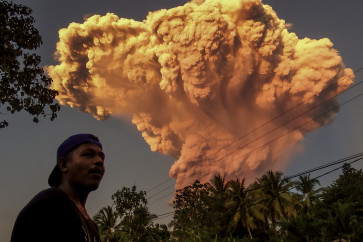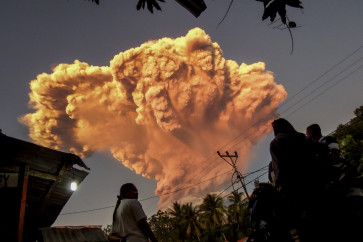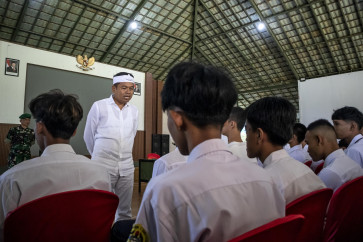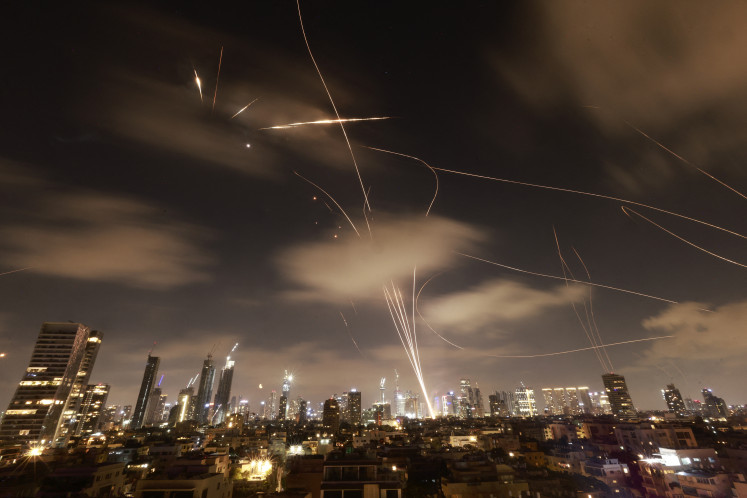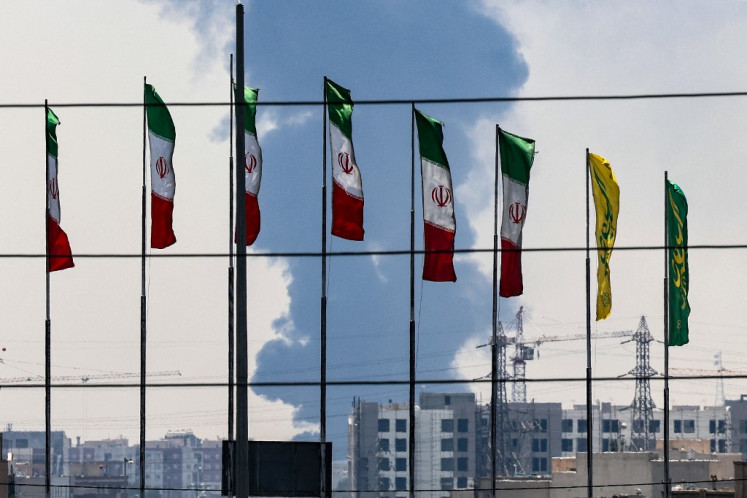Popular Reads
Top Results
Can't find what you're looking for?
View all search resultsPopular Reads
Top Results
Can't find what you're looking for?
View all search resultsBangladesh fire kills 8 as collapse toll hits 950
A fire fed by huge piles of acrylic products used to make sweaters killed eight people at a Bangladesh garment factory, barely two weeks after a collapse at another garment factory building where the death toll was approaching 1,000 on Thursday
Change text size
Gift Premium Articles
to Anyone

A
fire fed by huge piles of acrylic products used to make sweaters killed eight people at a Bangladesh garment factory, barely two weeks after a collapse at another garment factory building where the death toll was approaching 1,000 on Thursday.
The dead in Wednesday night's fire included a ruling-party politician and a top official in the country's powerful clothing manufacturers' trade group. But unlike the collapse at the Rana Plaza building, which was blamed on shoddy construction and disregard for safety regulations, the Tung Hai Sweater factory appeared to have conformed to building codes. A top fire official said the deaths were caused by panic and bad luck.
"They are really unfortunate," said Mamun Mahmud, deputy director of the fire service.
The fire engulfed the lower floors of the 11-story factory, which had closed for the day. The smoldering acrylic products produced immense amounts of smoke and poison gas that killed those trying to flee, Mahmud said. The victims died of suffocation as they ran down the stairs, Mahmud said.
The building appeared on first inspection to have been properly built, though fire inspectors would conduct further checks, he said. It had two stairwells in the front and an emergency exit in the back, he said. Those inside probably panicked when they saw smoke and ran into one of the front stairwells, he said. Had they used the emergency stairwell, they would have survived, he said.
"Apparently they tried to flee the building through the stairwell in fear that the fire had engulfed the whole building," he said.
They also would have likely survived the slow-spreading fire had they stayed on the upper floors, he said.
"We found the roof open, but we did not find there anybody after the fire broke out. We recovered all of them on the stairwell on the ninth floor," he said.
The blaze comes just two weeks after the collapse of the eight-story Rana Plaza building, home to five garment factories, killed at least 950 people and became the worst tragedy in the history of the global garment manufacturing industry. The disaster has raised alarm about the often deadly working conditions in Bangladesh's $20 billion garment industry, which provides clothing for major retailers around the globe.

